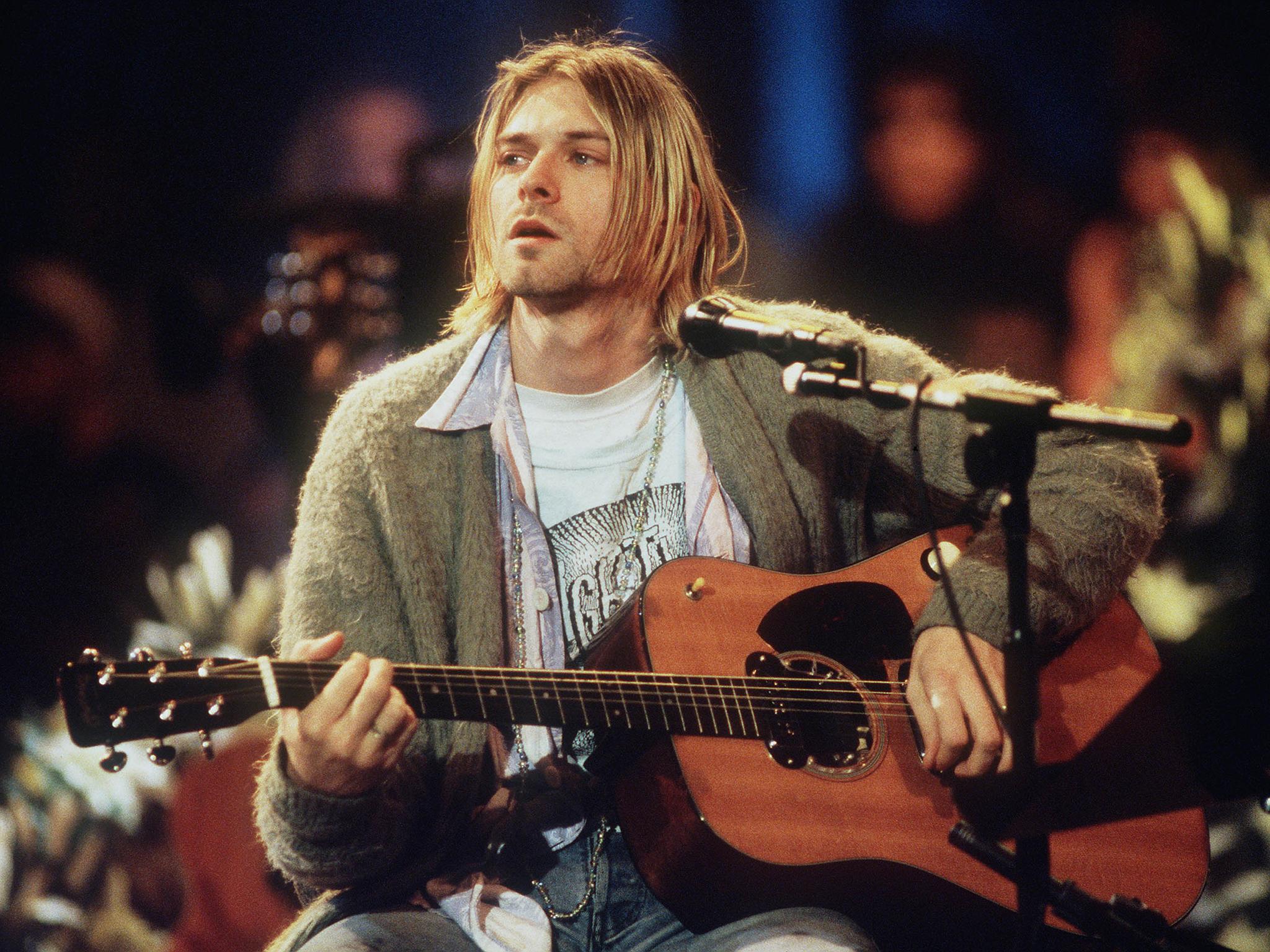
Cox Gurdon might as well be saying: "All food is Italian food, and I don't like Italian food, so it should not exist.

Moreover, this article completely ignores the broad scope of YA (which merely indicates a book with a suggested readership of 12-18, a wide range). Articles like this one grossly underestimate the teenage reader's capabilities. The feeling that you are feeling, the thing you are going through – it is a known thing. For teenagers, there is sometimes no message more critical than: you are not alone. If subjects like these are in YA books, it's to show that they are real, they have happened to others, and they can be survived. I know this seems a ridiculously obvious point, but this is the argument that comes up again and again.
#WHAT MIC DOES TEEN SUICIDE BAND USE HOW TO#
No one writing about rape is providing instructions on how to rape or how to be raped. No one writing about self-harm is teaching how to self-harm. There isn't a YA writer alive who is out writing books to corrupt youth. In Cox Gurdon's case, it seems to mean "the existence of things I don't like or understand". Perhaps we have a different understanding of the word "bulldoze". "No family is obliged to acquiesce when publishers use the vehicle of fundamental free-expression principles to try to bulldoze coarseness or misery into their children's lives," she writes. People who create YA books do tend to object when one person tries to make decisions for all, based on their individual taste and standards. "Alas," Cox Gurdon cries, "literary culture is not sympathetic to adults who object either to the words or storylines in young-adult books." YA is often the gateway to these challenges, as would-be book banners and library closers can wave the "think of the children!" flag. Those who want to ban books, or support the closing of libraries, will cite articles like this one. The fact that she breaks this list into books for girls and books for boys is another subject entirely.Īn article in a newspaper such as the Wall Street Journal carries weight, and Cox Gurdon is one of their children's book reviewers. It's a fantastic book, but its inclusion implies that the author of the article has a slippery definition of the term "dark". For non-dark, age-appropriate reading, she chooses Fahrenheit 451, a lighthearted romp that features suicide, teenagers who run cars into people, mechanical hounds that hunt living creatures for blood sport and nuclear war. As for the second, the idea that "darkness" doesn't belong in stories makes me wonder if the author of this article has ever read any Poe, Dickens, Shakespeare, Hemingway, Tolstoy or … almost any other author, ever. The evidence offered for the first point is a walk through a bookstore with a confused parent. The unsubstantiated point number one is used to argue the specious point two – namely, that talking about bad things normalises or even encourages them. Darkness in YA literature is inappropriate, and denotes a slipping of moral standards. And the claims made in the article are not new to those of us in the teen fiction world. YA, or young adult literature, is a flourishing area in the United States and, increasingly, around the world.


"I f books show us the world, teen fiction can be like a hall of fun-house mirrors, constantly reflecting back hideously distorted portrayals of what life is." So claims Meghan Cox Gurdon in the Wall Street Journal this week.


 0 kommentar(er)
0 kommentar(er)
